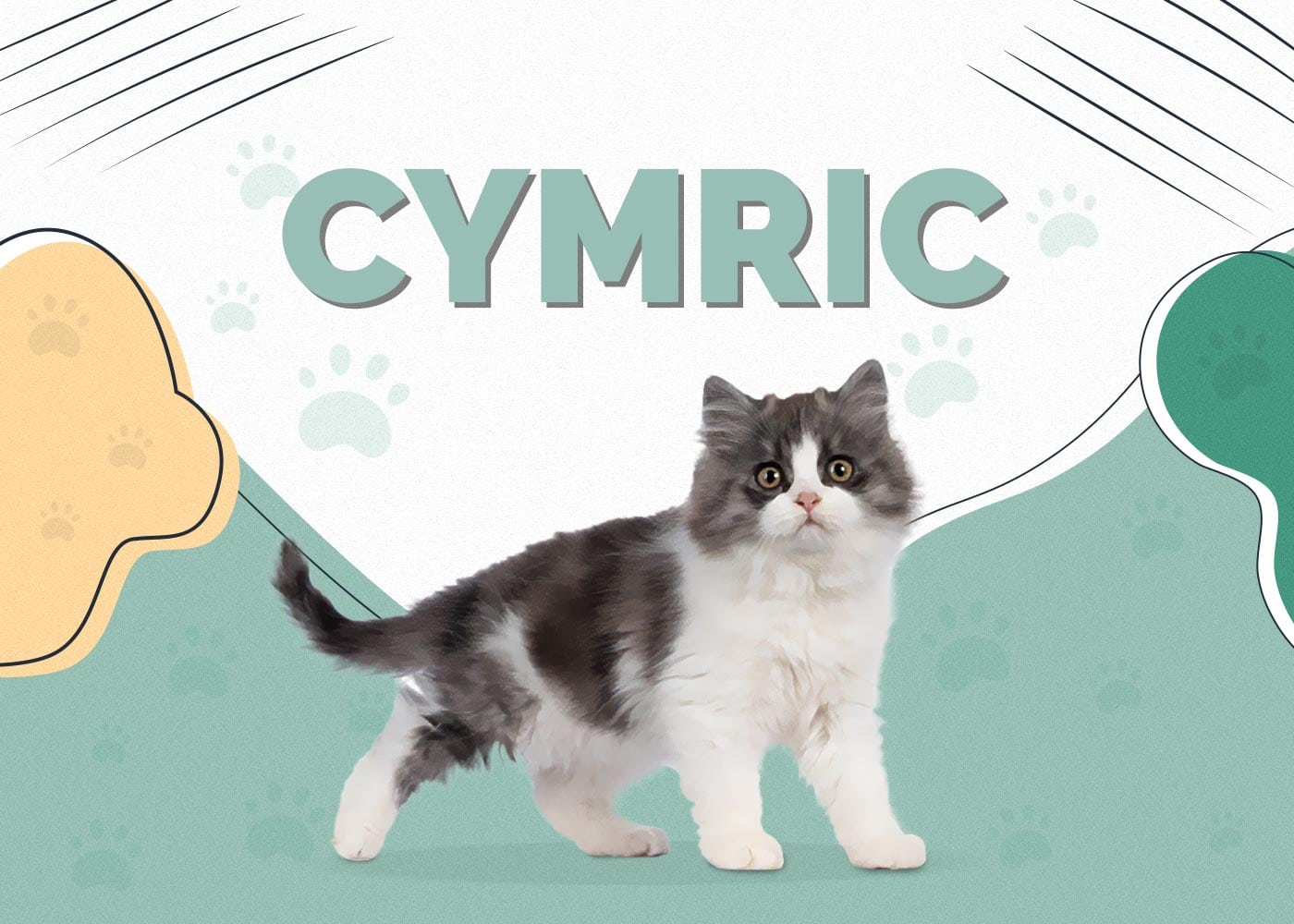Russian Blue Cat: The Complete Guide to This Elegant and Intelligent Feline
The Russian Blue is one of the most enchanting cat breeds in the world. With its striking silver-blue coat, emerald green eyes, and aristocratic demeanor, this breed is not just a pretty face. Russian Blues are known for their intelligence, loyalty, and serene temperament, making them an excellent choice for families, singles, and seniors alike. This in-depth article explores everything you need to know about the Russian Blue cat, including its profile, characteristics, training and care tips, how to choose one, pros and cons, and pricing.
🐱 Breed Profile
| Feature | Description |
|---|---|
| Origin | Russia (Archangel Isles) |
| Breed Group | Natural |
| Size | Medium |
| Weight | 7–12 pounds (3–5.5 kg) |
| Lifespan | 15–20 years |
| Coat | Short, dense, double-layered |
| Color | Solid blue-gray with silver tips |
| Eye Color | Vivid emerald green |
| Temperament | Calm, reserved, affectionate |
| Hypoallergenic | Relatively low-allergen |
🧬 Characteristics of the Russian Blue
✨ Appearance
The Russian Blue is famous for its plush, dense double coat that feels like velvet. The fur lies at a 45-degree angle, giving it a naturally lifted appearance. The silvery shimmer is due to the guard hairs being tipped with silver. Their sleek body, slender legs, wedge-shaped head, and almond-shaped eyes make them look regal and sophisticated.
🧠 Intelligence
Russian Blues are highly intelligent cats. They can learn commands, routines, and even tricks with consistent training. They enjoy mentally stimulating games and toys and thrive in environments where their minds are engaged.
😺 Personality
Russian Blues are gentle and affectionate but not clingy. They form strong bonds with their owners and prefer a quiet, stable home. They may be shy or reserved around strangers but are extremely loving with their trusted humans.
🏡 How to Choose a Russian Blue
When choosing a Russian Blue, consider the following:
✅ Reputable Breeder
Look for breeders who are registered with cat associations (like CFA or TICA), provide health certificates, and raise kittens in a clean, social environment. Avoid pet shops or backyard breeders.
✅ Health Guarantee
Ensure the kitten comes with a health guarantee, has been vaccinated, dewormed, and checked by a vet.
✅ Temperament Check
Spend time with the kitten. A healthy Russian Blue kitten should be alert, playful, and not overly timid.
✅ Pedigree Papers
If you’re looking for a purebred, ask for pedigree papers to ensure authenticity.
🧠 How to Train a Russian Blue
While Russian Blues aren’t known for being as trainable as dogs, their intelligence makes them very responsive to training:
🏆 Litter Training
Russian Blues are naturally clean and pick up litter box training quickly. Use unscented, clumping litter and keep the box clean.
🎯 Basic Commands
Use treats and clicker training to teach simple commands like “sit,” “come,” or “high five.” Short sessions (5–10 minutes) are ideal.
🔁 Routine and Boundaries
They respond well to structure. Feed, play, and interact with them at regular times. Establish boundaries early (e.g., not jumping on kitchen counters).
🧩 Enrichment
Provide puzzle toys, cat trees, and regular playtime to keep their mind and body active.
🧼 How to Care for a Russian Blue
🛁 Grooming
- Brushing: Once a week with a soft-bristle brush is sufficient to remove loose hair and distribute oils.
- Bathing: Rarely needed unless dirty.
- Nail Clipping: Every 2–3 weeks.
- Ear Cleaning: Check weekly for wax or debris.
🍽️ Diet & Nutrition
Russian Blues are prone to weight gain due to their hearty appetite and sedentary nature. Feed high-quality protein-rich cat food. Use feeding puzzles or slow feeders to prevent overeating.
- Avoid: Free-feeding and too many treats.
- Incorporate: Wet food for hydration.
🧘 Mental Stimulation
They enjoy toys, interactive games, and observing nature from a window perch. Rotate toys weekly to keep things interesting.
👩⚕️ Vet Care
Routine check-ups, vaccinations, and dental cleanings are important. While Russian Blues are generally healthy, monitor for:
- Obesity
- Hypertrophic cardiomyopathy (HCM)
- Periodontal disease
🏡 Ideal Home Environment
Russian Blues thrive in calm, quiet households. They may become stressed in noisy, chaotic environments or around too many strangers. They do well:
- In homes with routines
- With single adults, couples, or seniors
- In apartments or houses
- With respectful older children or calm pets
👍 Pros and 👎 Cons of Russian Blue Cats
✅ Pros
- Low-allergen: Produces less Fel d 1 protein than most breeds.
- Elegant and beautiful: Iconic blue-gray coat and green eyes.
- Loyal: Strong bond with their human(s).
- Quiet: Not overly vocal.
- Clean: Fastidious groomers.
❌ Cons
- Shy with strangers: Takes time to warm up to new people.
- Routine-oriented: Doesn’t like change.
- Emotionally sensitive: Can become anxious in chaotic environments.
- Needs stimulation: Can get bored if under-stimulated.
💰 Price of a Russian Blue Cat
The price of a Russian Blue cat can vary widely depending on pedigree, location, and breeder reputation:
| Source | Price Range (USD) |
|---|---|
| Reputable breeder | $800 – $2,500 |
| Champion bloodline | $2,000 – $3,500+ |
| Shelter or rescue | $100 – $300 |
| Ongoing yearly care | $500 – $1,000 (food, vet, etc.) |
Note: Always factor in lifetime costs like food, litter, insurance, and medical care, which can total $15,000–$20,000 over 15–20 years.
🧩 Fun Facts About the Russian Blue
- Believed to have originated from the Russian port city of Arkhangelsk.
- Said to have been the favored companion of Russian czars.
- Their green eyes take months to develop—kittens are born with blue eyes.
- They are often nicknamed the “Doberman of cats” due to their sleek build and noble demeanor.
📝 Final Thoughts
If you’re seeking a cat that combines beauty, intelligence, and loyalty, the Russian Blue is a top contender. While they may be reserved at first, once they trust you, they become an affectionate and devoted companion. They do best in calm households with loving and patient owners who understand their unique temperament. With the right care, a Russian Blue can offer two decades of quiet companionship and regal charm.




